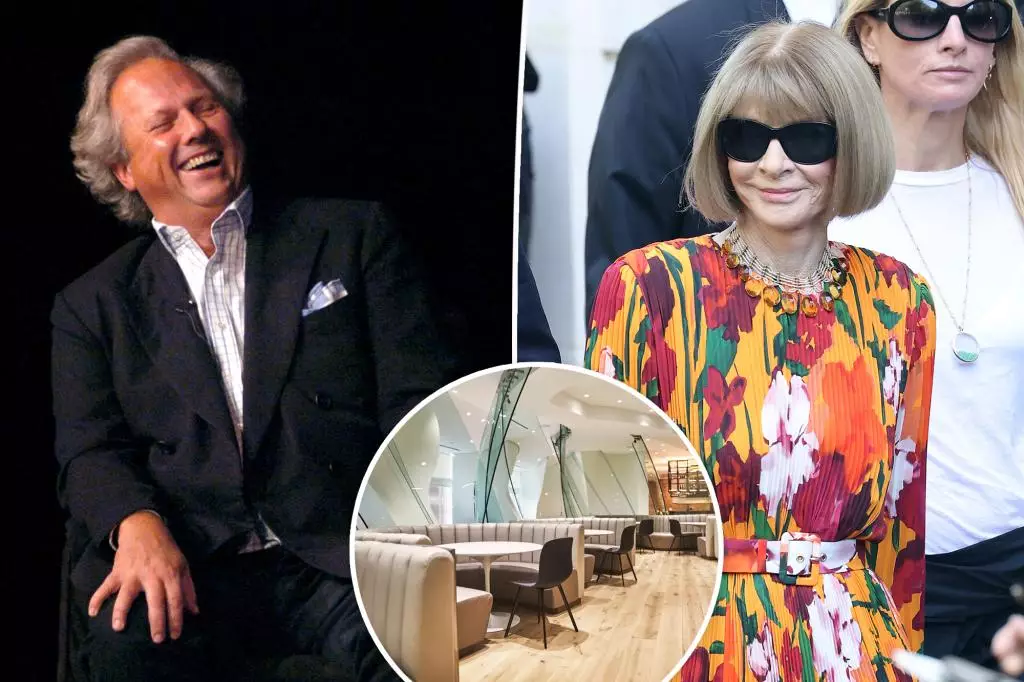Condé Nast’s legendary cafeteria is more than a place to eat; it is a symbol of elite status and corporate identity. When the company chose to design an extravagant mess hall, they transcended merely functional architecture, turning their cafeteria into a cultural monument. The Gehry-designed space was purposefully crafted to impress, to evoke prestige, and to signal the company’s prominence in media and lifestyle branding. Such architectural grandeur was a statement—that working within Condé Nast was not only a career opportunity but an experience rooted in exclusivity and aesthetic excellence. The space embodied the idea that at the heart of the media empire, visual beauty and structural innovation elevate leadership beyond conventional corporate culture.
Architecture as a Reflection of Cultural Capital
Frank Gehry’s unconventional design details—sinuous Venetian glass panels, titanium accents, and striking lighting—were instrumental in transforming the cafeteria into a cultural artifact. These elements, far removed from typical corporate cafeterias, were meant to communicate power, sophistication, and cutting-edge taste. The environment was intentionally designed to influence the social dynamics within the company, with secluded banquettes promoting whispers of gossip and strategic conversations—further emphasizing the cafeteria’s role as a crucial nexus of influence. Gehry’s vision was not merely about aesthetics but about creating an environment that signified the company’s stature and its alignment with avant-garde art and architecture.
Leadership’s Influence on Corporate Culture and Identity
The decisions made by Si Newhouse and other executives reflect how leadership shapes corporate culture through physical space. The decision to invest millions into this avant-garde aesthetic was a deliberate choice to craft an image—not just externally but internally among staff. It suggests that leadership sought to embed a sense of distinction and high culture into the everyday working environment. This focus on design and prestige influences employee perceptions and underscores the importance of branding, not only outward-facing but also internally within the organization. It’s a powerful statement: the very spaces where professionals gather and collaborate become symbols of authority and cultural capital.
Legacy and Changing Dynamics of Power Spaces
As the legendary cafeteria has been shuttered and reinvented over the years, its history underscores a broader trend: corporate spaces become transient symbols of power, evolving with organizational priorities. The return of the elite to this space for book launches and high-profile events reaffirms that, regardless of physical location, the cultural symbolism remains potent. Spaces like these are more than mere backdrops—they embody the ongoing narrative of influence, prestige, and cultural authority that media dynasties like Condé Nast continually craft. They reflect a conscious effort to preserve a mythic identity, one that aligns aesthetic innovation with leadership authority, even as the physical environment shifts.
While some might see the extravagance as over-the-top or outdated, it undeniably illustrates how physical space and design serve as tools for constructing and maintaining elite status. This interplay between architecture and power reveals much about how cultural institutions seek to define themselves and their influence—through deliberate symbols of sophistication and innovation that transcend practicality.

Leave a Reply